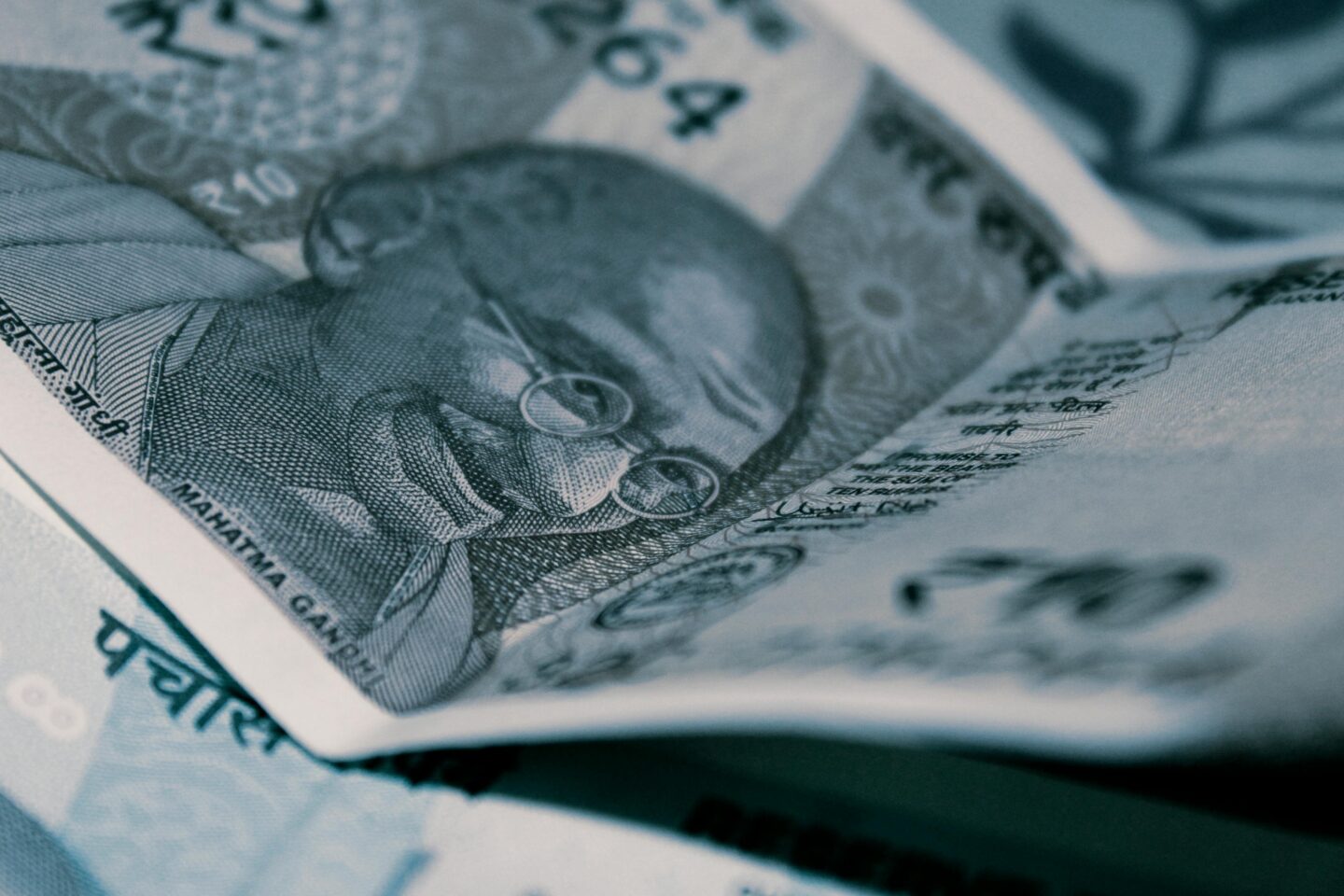The Indian rupee weakened to a fresh record low against the greenback, sparking concerns about imported inflation and the broader economic impact. The rupee closed at an all-time low of 88.19 against the dollar on Monday, September 2, 2025, after touching an intraday low of 88.33, prompting market watchers to speculate about the Reserve Bank of India’s (RBI) next move.
Factors Driving the Rupee’s Weakness Against the Dollar
Several factors are contributing to the rupee’s depreciation. The primary catalyst has been escalating Indo-US trade tensions, particularly President Donald Trump’s imposition of 25% tariffs on Indian goods announced in July 2025, followed by additional 25% tariffs in August, effectively raising total US duties to 50%. This protectionist stance stems from concerns over India’s continued imports of Russian oil despite US sanctions.
Foreign institutional investor (FII) outflows have intensified dramatically, with over ₹42,000 crore withdrawn in July alone – more than double what FIIs had invested in the previous four months combined. On Thursday following Trump’s tariff announcement, FIIs pulled out approximately ₹5,600 crore in a single day. The selling pressure has created record bearish positioning, with FII short positions in index futures surging to 90% – the highest since March 2023.
The dollar index has strengthened significantly, climbing 2.5% in a single week to breach 100 levels – its highest in two months and on track for its strongest weekly gain in nearly three years. This broad dollar strength has put pressure on all emerging market currencies, including the rupee.
RBI’s Response So Far: Interventions and Depleting Reserves
The RBI has intervened aggressively in the foreign exchange market to cushion the rupee’s fall, selling dollars from its reserves. India’s foreign exchange reserves have experienced sharp declines, falling by $9.3 billion in the week ending August 1, 2025 – the steepest weekly drop of the year. Current forex reserves stand at approximately $688.9 billion, down from the all-time high of $704.89 billion reported in September 2024.
Despite maintaining reserves sufficient to cover more than 11 months of merchandise imports, the RBI’s intervention capacity is being tested. The central bank’s data shows it was a net buyer of $1.76 billion in the spot forex market in May, indicating ongoing market management efforts.
Market Dynamics and Sectoral Impact
Interestingly, while the rupee hit record lows, domestic equity markets showed resilience, with the Sensex jumping 554.84 points to 80,364.49 and Nifty surging 198.20 points to 24,625.05 on Monday. This divergence reflects strong domestic economic fundamentals, with India’s Q1 GDP growth at 7.8% – the highest in five quarters and well above consensus estimates of 6.8%.
The IT sector has remained relatively insulated from tariff concerns as software services face minimal trade barriers. However, export-heavy sectors like metals, textiles, and generic pharmaceuticals are bearing the brunt of trade tensions. Conversely, import-dependent sectors including airlines and telecom companies face increased costs due to dollar-denominated debt.
Expert Analysis and Future Trajectory
Currency analysts remain divided on the rupee’s outlook. Anuj Chaudhary of Mirae Asset ShareKhan expects USD/INR to trade in a range of 87.85 to 88.50, noting that potential US Federal Reserve rate cuts could provide some relief. However, the trajectory largely depends on diplomatic developments regarding the proposed US-India trade deal.
The dollar’s recent weakness, falling 0.14% to 97.63 on Monday, provided some support to the rupee at lower levels. Market participants are closely watching upcoming US non-farm payroll data and Federal Reserve policy signals, which could influence dollar strength.
What’s Next for the RBI: Balancing Act Ahead
The RBI faces an increasingly complex balancing act. Continued forex interventions risk further depleting reserves, while allowing excessive rupee depreciation could fuel inflation and hurt import-dependent sectors. The central bank’s upcoming monetary policy decisions will be crucial, especially given Brent crude trading 0.99% higher at $68.15 per barrel, adding to inflationary pressures.
Market experts anticipate the RBI may need to reassess its intervention strategy, potentially allowing more rupee flexibility while focusing on managing volatility rather than defending specific levels. The success of this approach will largely depend on resolving trade tensions and restoring foreign investor confidence in India’s growth story.



